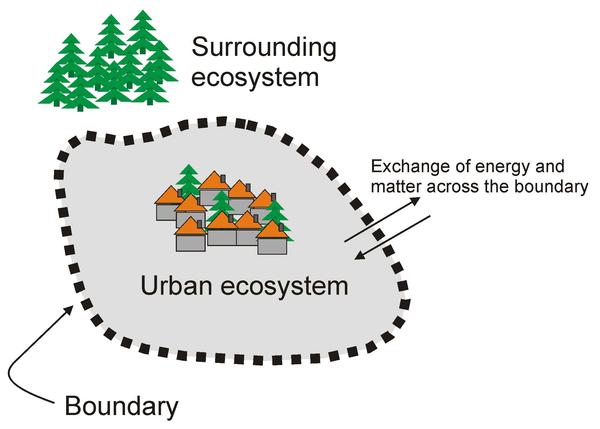Could urban disorder give way to sustainability?

© 2015 cc MadGeographer
An EPFL researcher is modeling cities in order to understand their metabolism and determine their ecological impact when they grow and change. Her research is aimed at identifying the urban form that is most efficient and consumes the least amount of natural resources.
With cities expected to grow significantly in the future, it is vital to plan their development and anticipate their impact on the environment ahead of time. Nahid Mohajeri, an urban architect and geographer at EPFL, looked into Geneva’s history in order to understand how the city developed the way it did and predict how it will change in the future.
In order to model a city's evolution over time, Dr. Mohajeri came up with the idea of combining two different scientific approaches: statistical thermodynamics –  comparing cities to large ecosystems that change and produce waste and CO2 emissions – and information theory.
comparing cities to large ecosystems that change and produce waste and CO2 emissions – and information theory.
Preliminary results, published in Ecological Modelling, indicate that cities in general – and Geneva in particular – grow by virtue of two very different processes: they spread out and/or become denser. Dr. Mohajeri also observed that large cities are proportionally more energy efficient and have a lower specific ecological footprint per resident than small towns.
For the purpose of quantifying the different cities, the researcher analyzed them in terms of their thermodynamic entropy, which scientists call “randomness.” She also used other physics and engineering methods, such as spatial analysis. In this way, Dr. Mohajeri was able to model cities on a computer.
The goal is to compare the ecological impact of various urban forms – compact or dispersed – in view of one day developing a framework for building eco-cities. But is there really an ideal urban form? That’s what Dr. Mohajeri is trying to determine.
Every city evolves on the basis of several criteria specific to that city, such as the land on which it was built and the political decisions that transform it. “Kerman, in southern Iran, is an interesting example,” said the researcher. “The city experienced rapid growth at the time of the Islamic revolution in 1979. ‘Revolutionary’ housing was quickly thrown up on the outskirts of the city. The old town is squat and dense, and its expansion seems to be aimed at replicating an American city.”
Dr. Mohajeri analyzed dozens of cities around the world, from New Orleans to London and Geneva. Some give the impression of having grown haphazardly, while others are neatly squared off by their avenues, or, like Geneva, stretch out slowly in the shape of an octagon.
The parameters used by the researcher focus on the spatial distribution of 11,418 buildings. According to the Swiss Federal Statistical Office, more than 83% of Switzerland’s population will live in urban areas in 2050. Dr. Mohajeri’s studies on entropy led to the discovery that two very different processes drove Geneva’s growth: expansion (where streets and buildings were added to the edge of the city) and densification (where streets and buildings were added within the existing city). Expansion has been the dominant force in Geneva over the past 170 years.
The Solar Energy and Building Physics Laboratory (LESO - PB) uses the thermodynamic-statistical approach, which originated in the field of physics, to learn more about the complex relationship between the built environment and the natural environment.
Once the laws of thermodynamics that govern a given city’s growth are identified, the next step will be to learn how their spatial-temporal evolution affects the functioning of their ecosystem. More specifically, the idea is to determine how a city’s growth and form influence its energy consumption, changes in land cover, biodiversity and human well-being.



